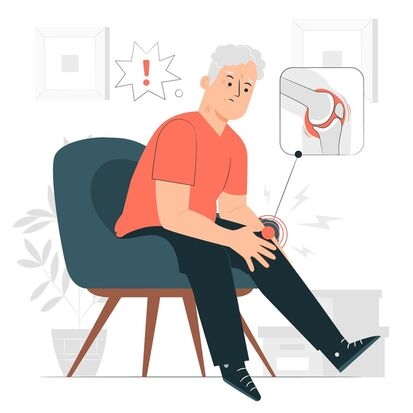
5 Best exercises for Cervical Spondylosis
Cervical spondylosis refers to the age-related degeneration of the discs and joints in the cervical spine (the neck area).










© 2024 Crivva - Business Promotion. All rights reserved.